Species Photo Gallery for Cyrtolobus tuberosus No Common Name 31 |
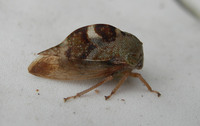 | Photo by: R. Newman
Carteret Co.
Comment: FOMA | 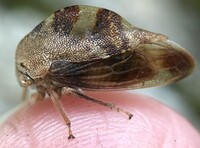 | Photo by: Ted Wilcox
Watauga Co.
Comment: unid_treehopper |
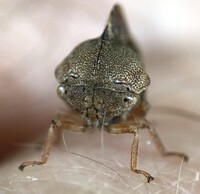 | Photo by: Ted Wilcox
Watauga Co.
Comment: unid_treehopper |  | Photo by: Ted Wilcox
Watauga Co.
Comment: unid_treehopper |
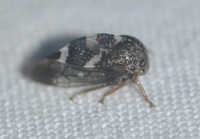 | Photo by: K. Bischof
Transylvania Co.
Comment: GORG |  | Photo by: John Petranka
Orange Co.
Comment: Attracted to 15W UV lamp |
 | Photo by: Mark Shields
Onslow Co.
Comment: | 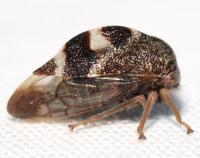 | Photo by: Kyle Kittelberger
Wake Co.
Comment: |
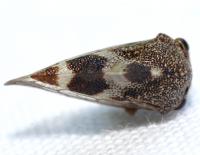 | Photo by: Kyle Kittelberger
Wake Co.
Comment: | 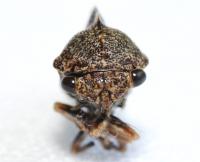 | Photo by: Kyle Kittelberger
Wake Co.
Comment: |
 | Photo by: Kyle Kittelberger
Wake Co.
Comment: |  | Photo by: Kyle Kittelberger
Wake Co.
Comment: |
 | Photo by: Kyle Kittelberger
Wake Co.
Comment: |  | Photo by: Kyle Kittelberger
Wake Co.
Comment: |
 | Photo by: Kyle Kittelberger
Wake Co.
Comment: |  | Photo by: Kyle Kittelberger
Wake Co.
Comment: |
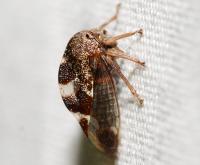 | Photo by: Kyle Kittelberger
Wake Co.
Comment: | 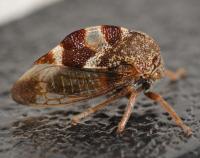 | Photo by: Kyle Kittelberger
Wake Co.
Comment: |
 | Photo by: Kyle Kittelberger
Wake Co.
Comment: | 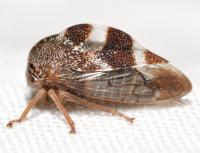 | Photo by: Kyle Kittelberger
Wake Co.
Comment: |
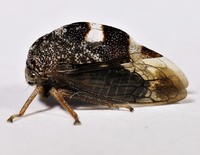 | Photo by: Rob Van Epps
Mecklenburg Co.
Comment: Came to UV light. Suburban yard near woods. | 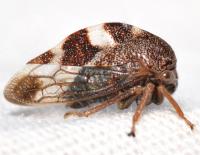 | Photo by: Kyle Kittelberger
Wake Co.
Comment: mixed hardwood forest; male |
 | Photo by: E. Corey, T. DeSantis
Onslow Co.
Comment: HABE | 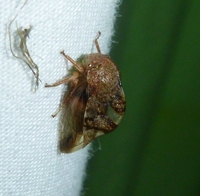 | Photo by: aubrey wiggins
Wake Co.
Comment: unid_planthopper |
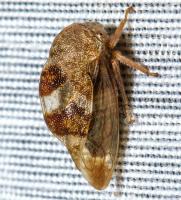 | Photo by: Steve Hall
Orange Co.
Comment: | 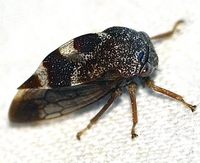 | Photo by: Paul Scharf
Warren Co.
Comment: Several attracted to Black Light; male |
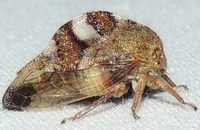 | Photo by: Britta Muiznieks
Dare Co.
Comment: female | 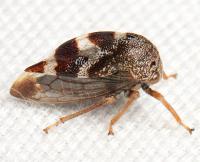 | Photo by: Ken Childs
Out Of State Co.
Comment: |
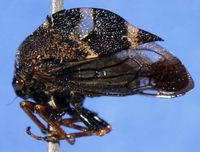 | Photo by: Matthew S. Wallace
Out Of State Co.
Comment: male | 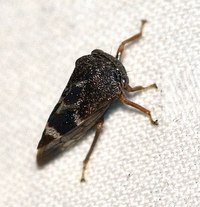 | Photo by: Paul Scharf
Warren Co.
Comment: Several attracted to Black Light |
 | Photo by: Kyle Kittelberger
Wake Co.
Comment: mixed hardwood forest habitat, near the road |

 »
»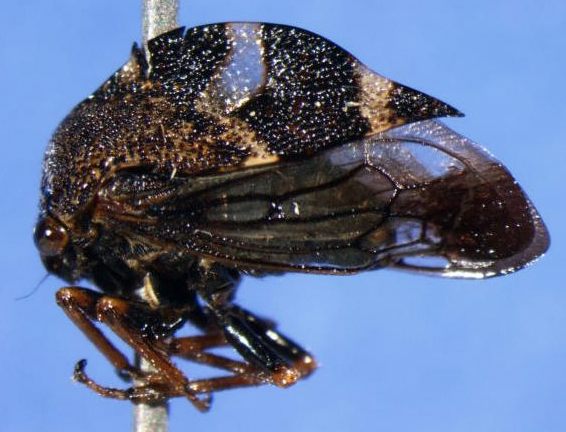
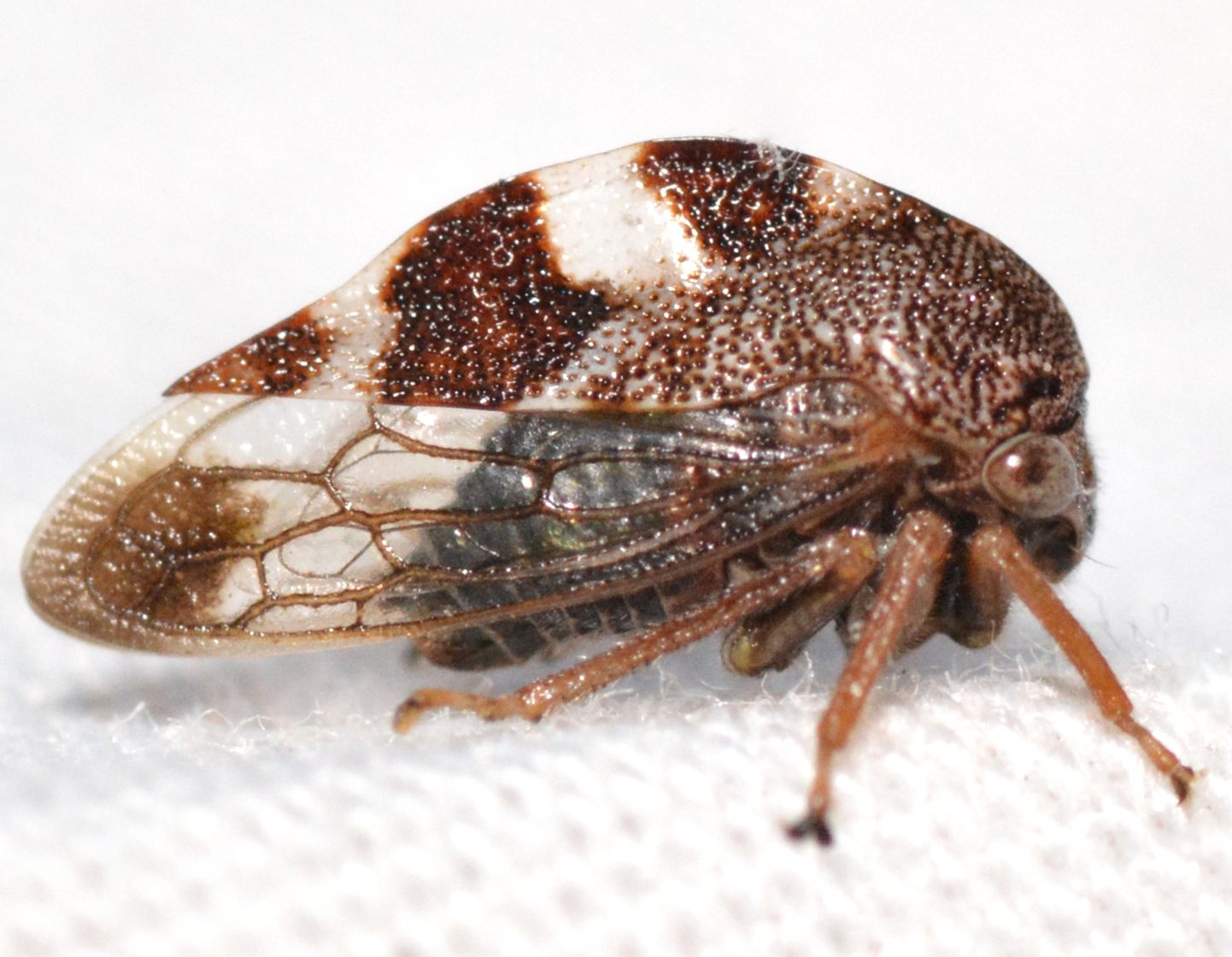
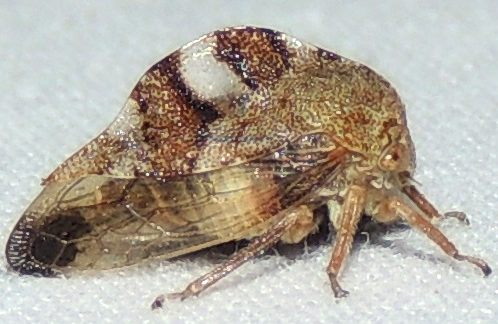


 »
»


